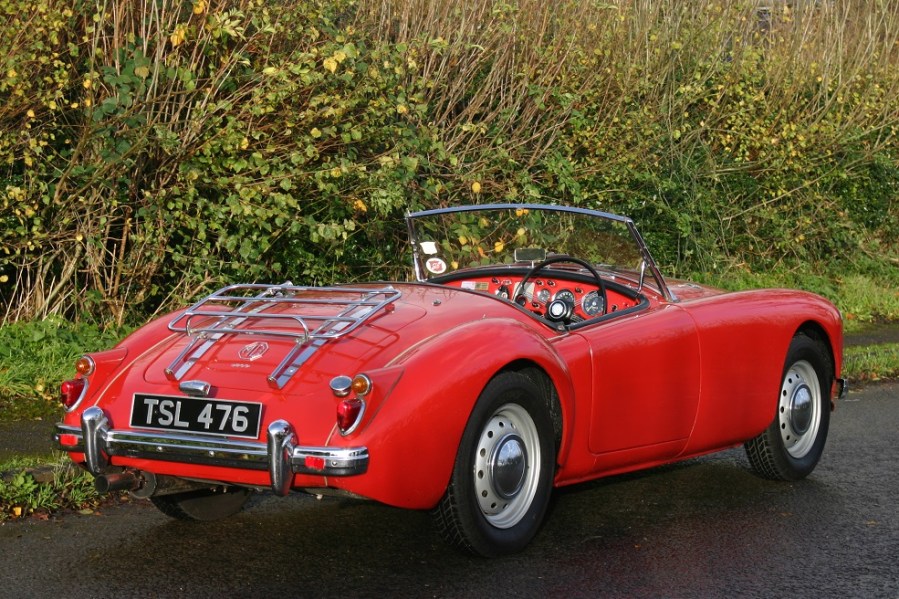The MG octagon has to be one of the most familiar motoring badges ever produced. Here we take the eight-sided emblem and select eight of the most significant post-War MGs ever produced
Can there be any more emotive initials for any classic car enthusiast? Indeed, can there be a marque that has brought enthusiastic sports car motoring to more people? For so many of us, MG models offered our first chance to enjoy the sheer fun of driving, with a machine that handled and performed, was often far from perfect but always had an undeniable spirit. That these initials merely came from a manager of Morris Garages who basically wanted to ‘tart-up’ some rather dull Morris saloons back in the 1920s, tweaking them to introduce style and performance and then significantly ramp up the price, merely adds to the story!
MG has always represented affordable motoring while achieving a remarkably ‘classless’ character. Prince Charles may have famously taken delivery of his MGC back in 1969, but there has never been any exclusivity or snobbery attached. The badge has the famous octagon shape, many have claimed the original design as their own (we prefer the thought that it was the idea of the company accountant Ted Lee) but there is no debate about the number of sides it has. For that reason, we have decided that this ‘history’ of post-War MGs will be conducted through eight different, but each highly significant, models.
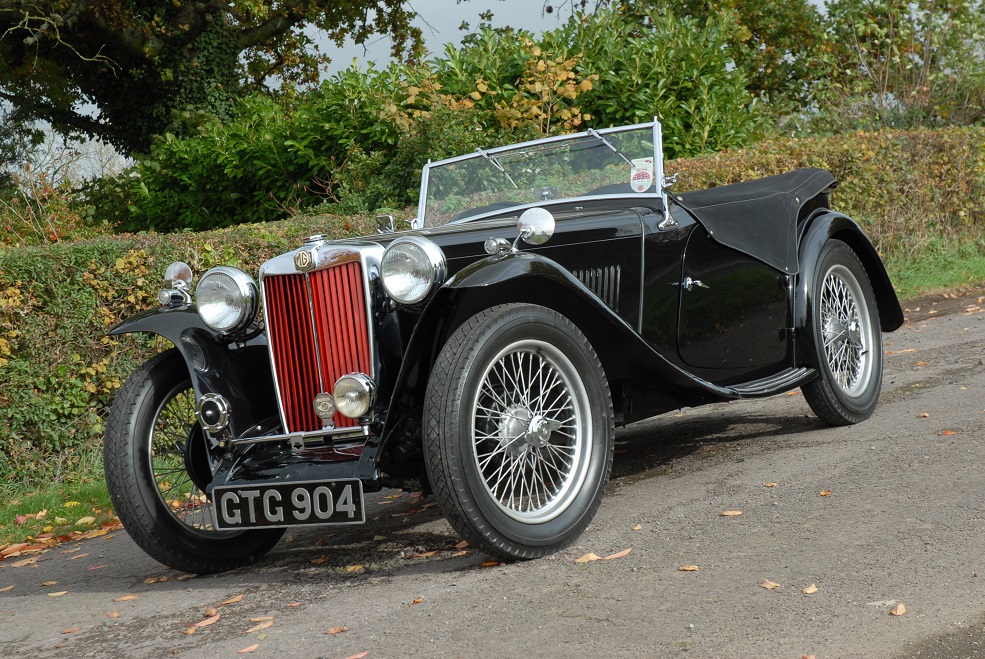
MG T-series: America calling
To start our history of post-War MGs we have to start by breaking the rules and looking at a model conceived and produced before global hostilities even began. The T-series MG sports car actually started life in 1936, ironically the year that the company decided to withdraw from motor racing. This was when MG had begun a financially necessary period of rationalisation and this meant the new TA models were fitted with the long stroke 1292cc pushrod four-cylinder engine, with four-speed gearbox, from the somewhat sedate Morris Ten and Wolseley 10/40 saloons. For those who had enjoyed the sprightly nature of the MG sports cars prior to this, it seemed a backward step. The uprated TB model was to get the shorter stroke Morris 12 unit, but war erupted and production was stopped almost before this model got underway.
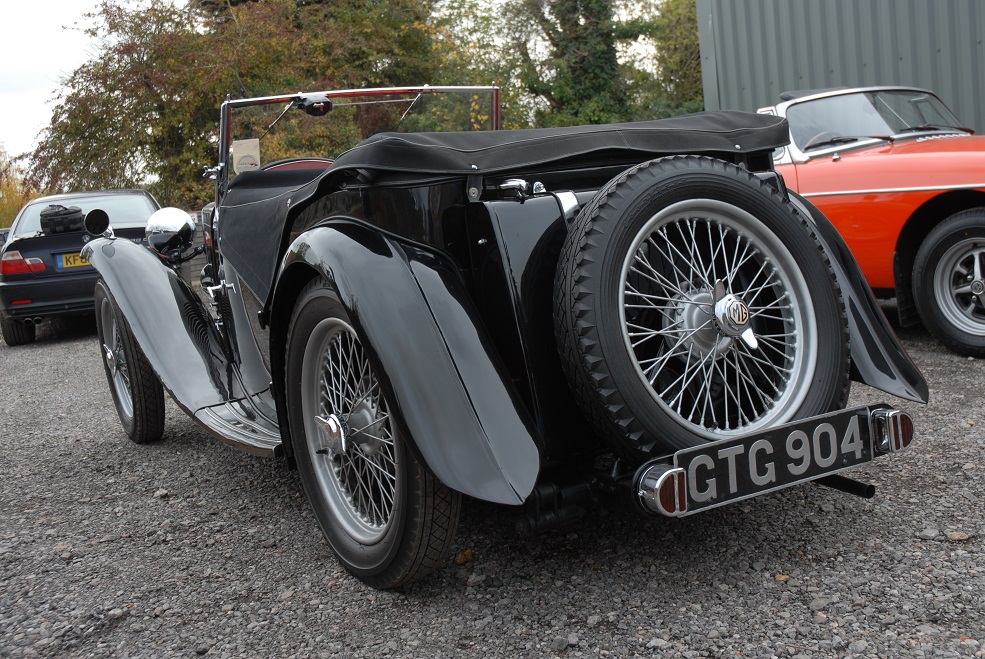
Now it may be apocryphal, but it is often claimed that the success of the post-War MG sports car was thanks to American servicemen posted to England during World War II, who experienced various MGs. There was certainly nothing like this available in America at the time and when the war was over and, like other manufacturers, MG needed to get production up and running as quickly as possible, it was a case of restarting where the company had left off, and with the government of the time expressing the need to export at all costs, MG looked to America as its first significant overseas market. American servicemen returning home took with them memories of this fun British sports car – some even taking the cars themselves – creating an immediate market. Interestingly, among British sports car enthusiasts the choice of the pushrod engine for the later T-series models was a step in the wrong direction, and the addition of a synchromesh gearbox was surely proof that MG had gone soft. Yet despite the TC being little changed from the previous TA and TB, and despite its cart springs and that pushrod engine, it became a great success, especially in America – helped, no doubt, when being owned and driven by the likes of Clark Gable, Briggs Cunningham and Phil Hill. The TD followed, complete with its improved handling and motor racing success in both the UK and the States. Sales between 1949 and 1953 got close to 30,000 units, which is impressive. Facelifts for the TD and then the TF followed, but reaction was lukewarm, the model’s styling now being thought too dated. After all, the war was over, those more austere times had gone, it was time to look forward, to be adventurous. MG needed a sports car to match the mood of the times, and in 1955 it got one.

MGA: Contemporary classic
Motor racing was an integral part of the MG ethos; remember the manufacturer was the first non-Italian brand to win its class in the Mille Miglia and that was back in 1933. International motorsport had a strong appeal and a specially bodied TD entered the 1951 Le Mans 24 Hour Race, followed by a team of three special EX182 race cars for 1955. These designs underpinned the launch of the MGA in September 1955. Finding the money for new production models was more difficult; there had been a prototype replacement of the TD in 1952, but that had been shelved. While the T-series models sold, the management was loathed to move forward, but the competition now had models that looked ‘modern’ and as sales of the TD dropped, a new model was needed and so the MGA was born.
Being seemingly such a reluctant new model, it is perhaps a surprise that it looked so good; the fully-welded all steel body was sleek and thought by many much better looking than the competitor Triumph TR3. Besides the looks, the MGA offered more space for occupants and their luggage. To signify the change from the previous models, the octagon-shaped instrument bezels were now round; radical for enthusiasts, but MG was looking for a broader, forward looking customer. At the time MG had become part of the British Motor Corporation and so the parts bin was raided for the engine, originally the 1498cc four cylinder ‘B-series’, which produced 72bhp and (in good conditions) meant that the MGA could (just) hit 100mph. The MGA’s strong chassis was fitted with TD/TF front suspension. It was not, therefore, as quick as its Healey and Triumph TR competitors, but it was well-balanced and handled and drove well; it certainly followed the ‘Safety Fast’ philosophy.
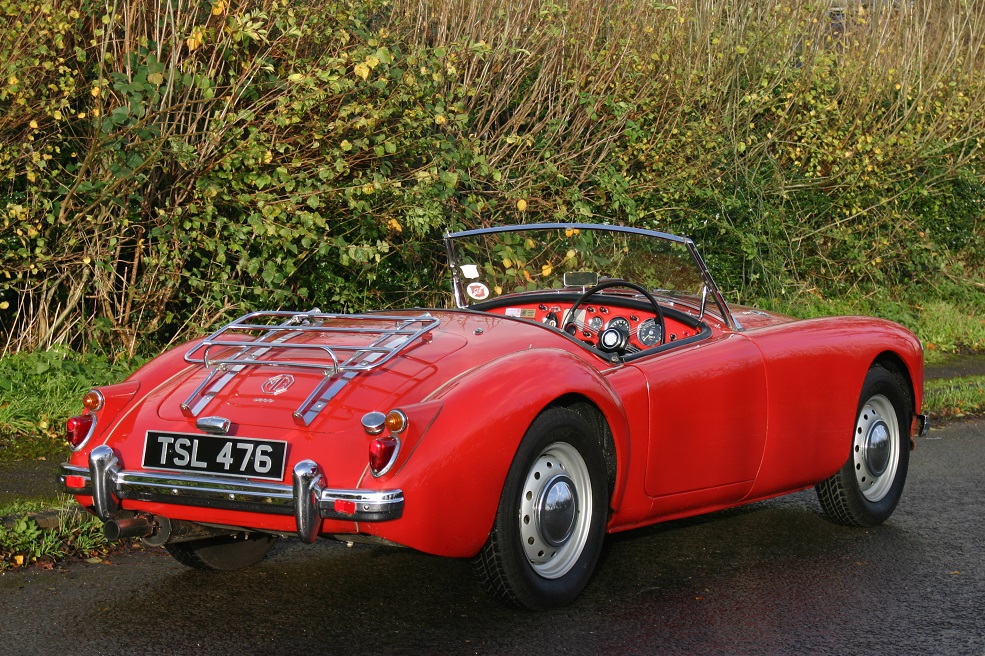
Improvements were made to the MGA during its production life; the 1588cc 80bhp came in 1959, complete with front disc brakes as standard. The Mark II version saw the 1600 get the 1622cc engine, with 86bhp, together with a revised grille. However, the most significant (if ultimately unsuccessful) MGA was the Twin Cam version. The engine was originally conceived as a racing unit, and used in the 1955 Tourist Trophy race, but the MGA Twin Cam became a production option in 1958. More sophisticated, with more power, it was also considerably more expensive than the standard offering. Add to that oil burning problems and detonation issues and it quickly gained a very poor reputation, which was a shame, since running well this was a great sports car… the problem was getting it to run properly and stay that way. While over 100,000 MGAs were built, only around 2000 were Twin Cams and this version was dropped in 1960. Not surprisingly, the limited numbers means that today the MGA Twin Cam is the most desirable version and well looked after will run perfectly. However, failure of the Twin Cam engine at the time, and the fact that the competition had faster models available, meant that the company realised it needed a completely new model, and it needed one quickly.
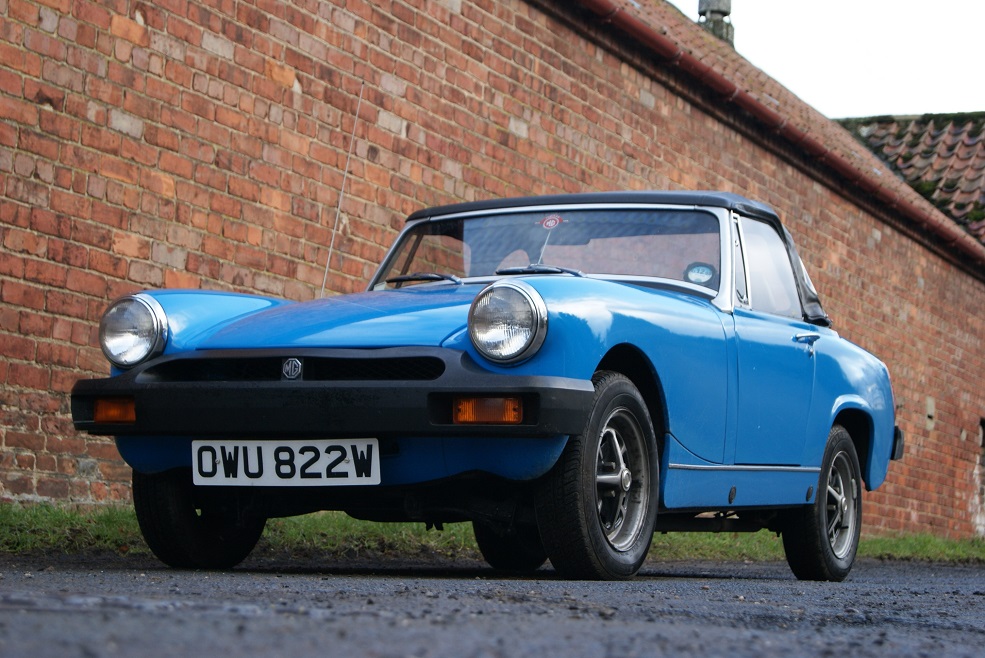
Midget: Badge engineering success
With MG now under the wing of the British Motor Corporation it was always likely that there would be a new smaller sports car to wear the octagon badging, especially after the success of the in-house Austin-Healey Sprite. When the famous ‘bug eyed’ sports car was restyled in 1961, it was decided that a second version would be available, badged MG and given the name Midget, (first used on the T-series models). What might have appeared just a marketing exercise to produce an MG turned out to be a great sales success with the Midget being in production for nearly 19 years, with a solid proportion of sales going to America.
After the bold and sassy design of the ‘bug eyed’ Sprite, the replacement was a much more conventional offering; slab-sided, conventional bonnet and front wings, and with a rear that was to be a characteristic MG design and repeated on the soon to follow MGB. What it carried over from the ‘bug eyed’ Sprite, however, was the nimble, go-kart like handling. It wasn’t fast, and it wasn’t very big (two adults in a Midget remains a cosy affair), initially the 948cc engine only managed to produce 43bhp, which seems today a ludicrously low figure, but over the years this was improved, engines changed, got larger and (a little) more powerful. It had to suffer the indignity of the gross protruding black impact bumpers (to meet America’s ridiculous safety regulations) and jacked up suspension to raise the headlights to the new US regulation height. There being no money available to build US-only models, BMC had to find the cheapest way to meet these new laws – hence the need to fit a third windscreen wiper in 1976 to meet a new visibility standard!
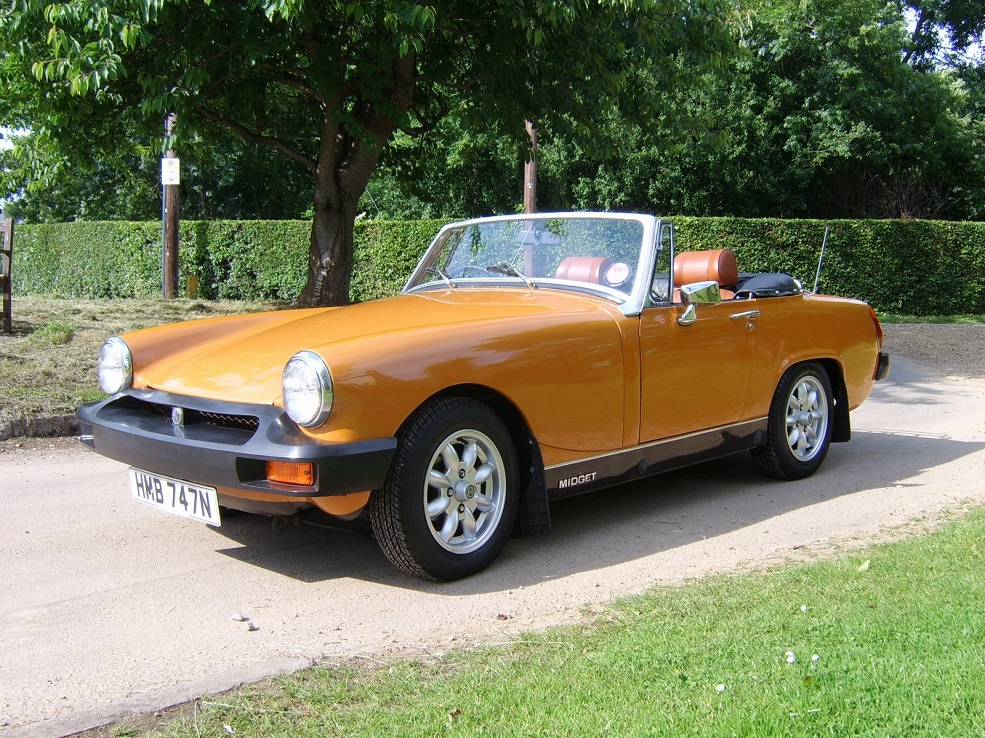
The Midget remained popular, but the rather disheartening changes forced on it together with its lack of power, saw sales start to dip after 1974. Add to this the need for British Leyland to find savings, such was the perilous financial state of the company in 1979, and the model was axed. Only a year later, MG’s historic Abingdon production facility would close its doors for the last time, a sad footnote for a small sports car that still has a strong following today.

